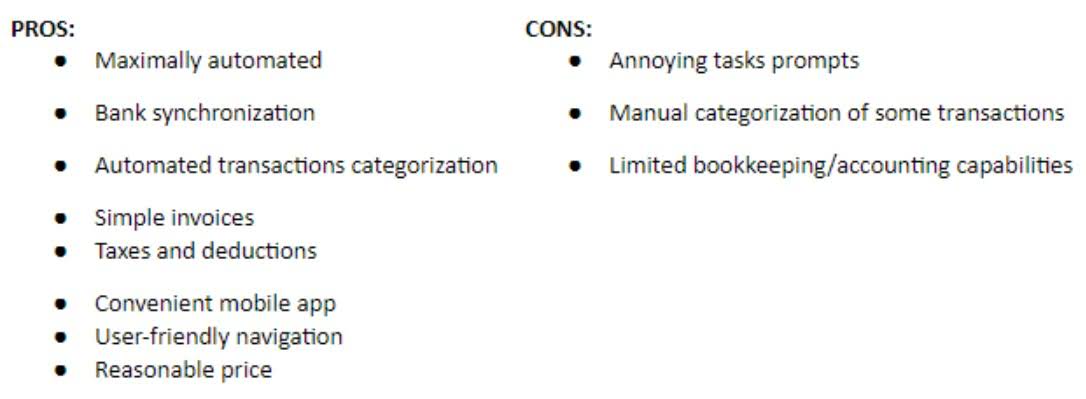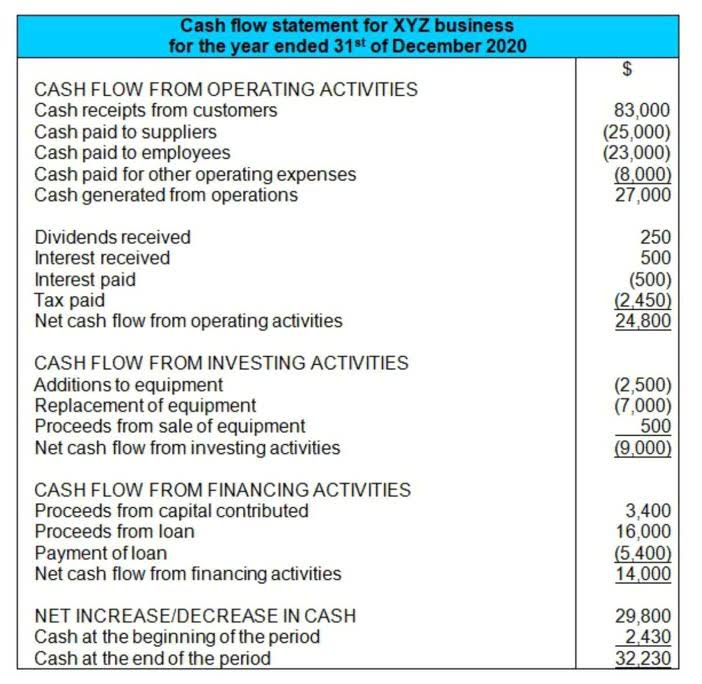Lil Yachty Net Worth 2024: Music, Endorsements, And Ventures
Lil Yachty, the American rapper, singer, and entrepreneur, has accumulated significant wealth since his breakthrough in the music industry. According to Forbes, Lil yachty net worth Yachty net worth was estimated at $11 million in 2017, ranking him among the top-earning hip-hop artists that year (Forbes, 2017). By 2023, estimates still suggested his wealth remained around $8 million (Yahoo Finance, 2023). However, Lil Yachty himself has disputed these figures, claiming he made $8 million in just his first eight months in the industry (Complex, 2023).
But the music is just one part of the puzzle that is Lil Yachty’s net worth. Like many of his contemporaries, Yachty has diversified his income streams. He has made shrewd business moves outside the music industry, partnering with popular brands like Nautica and Sprite for endorsement deals. Yachty also ventured into the fashion industry with his ‘Sailing Team’ merchandise line, which has been well received by his fan base.
Additionally, he expressed his support for Bernie Sanders in 2016, acknowledging the senator’s commitment to civil rights. He has kept her name and personal details private, choosing to shield her from public attention. However, he has mentioned in interviews that fatherhood has changed his outlook on life and influenced his financial decisions, leading him to focus more on investments and long-term wealth. Here’s where things get really interesting – Yachty’s been absolutely killing it with brand deals.
In conclusion, Lil Yachty’s net worth of around $8 million is a testament to his talent, hard work, and business acumen. It showcases how a young man with a dream and determination can rise to the top and make a name for himself in a highly competitive industry. As Yachty sails further into his career, his financial success story serves as an inspiration to many. While Lil Yachty’s net worth stands at an impressive $8 million in 2024, the rapper shows no signs of slowing down. He continues to evolve as an artist, and his business ventures continue to grow.
Despite his young age, he has made a remarkable impact on the music industry, evolving from a SoundCloud rapper to a multifaceted artist with business ventures. What’s really exciting about Yachty’s financial journey is how he’s diversified his income streams. Unlike many artists who rely solely on music, he’s built a mini-empire. His net worth has seen significant growth since 2020, and here’s the thing – he’s still relatively young in his career. On October 11, 2022, Yachty unveiled a non-album single titled “Poland,” which quickly went viral.
Bad Born Blood Chapter 30: Release Date, Plot, and Where to Read
In 2015, Yachty attended Alabama State University but dropped out shortly after to pursue his passion for music full-time. He then moved to New York, where he began networking and building relationships within the streetwear scene. Yachty also focused on growing his Instagram presence, and understanding the importance of social media for modern musicians. The bulk of Yachty’s wealth comes from his music career, with streaming revenues being a major contributor. His albums consistently perform well on platforms like Spotify and Apple Music, and he’s particularly smart about releasing music frequently to keep his earnings steady. Think about it – in the streaming age, consistency is key, and Yachty understood this early on.
Viewing digital literacy and learning not as an unnecessary use of time but as an investment in independence and quality of life. The rapper has a net worth of around $8 million as of 2024, according to Celebrity Net Worth. With a knack for storytelling, he crafts engaging articles that bring these vibrant storyline to life.
Lil Yachty, born Miles Parks McCollum on August 23, 1997, first gained attention in 2015 when his song “One Night” went viral. He released his debut mixtape, Lil Boat, in 2016, followed by his feature on D.R.A.M.’s hit song “Broccoli”, which peaked at No. 5 on the Billboard Hot 100. His studio albums, including Teenage Emotions (2017), Lil Boat 2 (2018), Nuthin’ 2 Prove (2018), and Lil Boat 3 (2020), helped him maintain his relevance. In 2023, Yachty surprised fans by shifting to psychedelic rock with his critically acclaimed album Let’s Start Here, further expanding his musical range. Primarily, his music career generates income through album sales, streaming royalties, and touring. He has signed lucrative contracts with Quality Control Music, Capitol Records, and Motown, contributing to his financial success.
Lifestyle Reflecting His Net Worth
The primary source of income from touring comes directly from fans purchasing tickets to attend his concerts. Ticket prices can vary depending on factors like venue size, city, seating location, and special packages (e.g., VIP access). Many artists, including Lil Yachty, sell merchandise like t-shirts, hats, and other items at their concerts. A portion of the profits from these sales goes directly to the artist. This impressive figure is a testament to his hard work, talent, and business acumen.
Acting and Other Ventures
He also addressed misconceptions about his net worth during this period, stating that he earned $8 million in the first 8 months of his rapping career in 2016. Lil Yachty’s net worth is currently estimated at $8 million, positioning him as a notable figure in the American hip-hop scene. Known for his distinctive « bubblegum trap » musical style, Yachty’s journey from a young artist in Mableton, Georgia, to a successful rapper and entrepreneur is nothing short of remarkable.
His financial empire grows stronger as he continues to push creative boundaries—most recently with his critically acclaimed psychedelic rock album Let’s Start Here. Lil Yachty is a rapper and singer-songwriter known for his catchy music and signature lighthearted style. He’s achieved success with several albums and popular features on other artists’ songs. The watch pairs with a smartphone via a Bluetooth connection and uses artificial intelligence to adapt to each user’s unique motions and lifestyle. Families, friends, and professional monitoring connect the user through a web-based monitoring service that can rapidly alert and summon help should the user fall or require assistance.
- He then moved to New York, where he began networking and building relationships within the streetwear scene.
- Think about it – in the streaming age, consistency is key, and Yachty understood this early on.
- By 2023, estimates still suggested his wealth remained around $8 million (Yahoo Finance, 2023).
- While sources such as Celebrity Net Worth and Forbes estimate it at $8 million, the rapper insists his earnings far exceed these figures.
His involvement in gaming culture was solidified by his investment in the dominant esports team FaZe Clan. He also co-founded Concrete Boys, a creative group and record company dedicated to developing up-and-coming artists. Lil Yachty has negotiated profitable brand agreements with big businesses by utilizing his vivacious personality. His popularity goes well beyond music, as evidenced by his roles as the face of Sprite, Nautica, and Urban Outfitters.
Business Ventures
- The video generated immense curiosity about the song, and viewers quickly sought out the track and its artist.
- By mid-2016, Yachty released his second mixtape, “Summer Songs 2,” which capitalized on his rising fame and helped maintain his visibility in the music scene.
- He has inspired a new generation of artists to embrace their individuality and take risks.
His unique style and loyal fanbase have ensured a steady stream of income. In addition to his rapping career, Lil Yachty has engaged in various other ventures. Since achieving fame, Yachty has also made a mark in the fashion world, modeling for brands like Nautica and Urban Outfitters after his collaboration with Yeezy.
Lil Yachty, a rapper and singer-songwriter known for his catchy music, makes money through several avenues. His primary income comes from releasing music (albums and singles), performing live (touring), and endorsement deals with various brands. Following the viral success of « One Night, » Lil Yachty released several popular mixtapes and studio albums. His second album, Lil Boat 2, debuted at number two on the Billboard Top 200. If you’re curious about the net worth of Lil Yachty, the vibrant and eclectic American rapper and singer, you’ve come to the right place.
What Will Happen to Lil Yachty Next?
He attended Alabama State University for a brief period before deciding to drop out and pursue his dreams in the music industry. This bold move would soon pay off in ways he could never have imagined. One of the more unusual partnerships Yachty has is with Chef Boyardee. In 2018, he, alongside Donny Osmond, created a new theme song called “Start the Par-dee” for the brand.
Furthermore, he has made strategic investments in the stock market and cryptocurrency, though the exact figures remain undisclosed. With his diverse portfolio of investments, ongoing music career, and business ventures, he’s positioned himself well for long-term financial success. He’s managed to do all this while staying true to his unique artistic style and personal brand. In October 2022, Lil Yachty released a non-album single titled “Poland,” which quickly went viral on the internet. His fifth studio album, “Let’s Start Here,” was released in January 2023. This album marked a departure from Yachty’s signature trap sound, as it was heavily influenced by psychedelic rock, showcasing his evolving musical style.

















